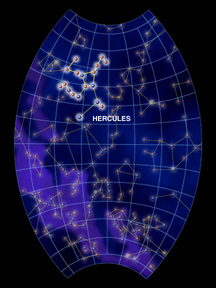The Constellation Hercules, the great warrior
Click on image for full size
Hercules
Hercules, the great Greek warrior, can be seen kneeling in the sky for
northern latitudes throughout the Spring months. Hercules first
becomes visible in the east in April, and works his way high across
the night sky through October. From the southern hemisphere, he
appears low in the north. Four relatively bright stars form what is
commonly known as the Keystone. Hercules' arms and legs extend from
this central square.
By far the most exciting object to see in Hercules is the magnificent
globular cluster M13, which is visible in dark night skies even
without binoculars or a telescope. This cluster of 300,000 stars
appears as a faint fuzzy spot to the naked eye. It is located
between the stars which form the western side of the Keystone.
Many other constellations, like
Leo, the Lion,
Hydra, the
nine-headed Serpent, and Draco, the Dragon, were unfortunate victims
of Hercules, and thus were also placed in the sky. Cancer, the Crab
was sent by Hera to annoy Hercules in his battles, and became yet
another victim of the hero.
You might also be interested in:

How did life evolve on Earth? The answer to this question can help us understand our past and prepare for our future. Although evolution provides credible and reliable answers, polls show that many people turn away from science, seeking other explanations with which they are more comfortable.
...more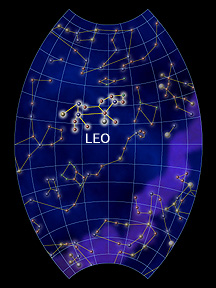
The constellation Leo is known as the Lion. Leo's head and mane make up an upside-down question mark called the Sickle. One of the brightest spring stars, Regulus (Latin for "little king"), is at the base
...more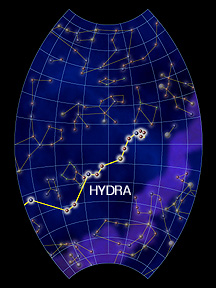
Hydra is the longest constellation in the sky and is also the largest in terms of area. It is so long that it takes more than six hours to rise completely. Along its northern side, we can observe the zodiacal
...more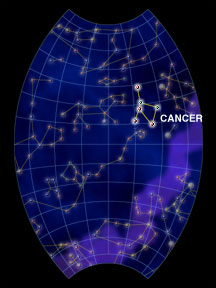
Cancer, the Crab, is a member of the Zodiac, a group of constellations that the Sun travels through each year. Cancer is best seen during the month of March, but is visible from December through June.
...more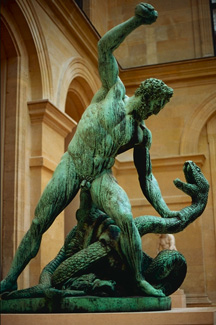
More than two thousand years ago, Greek people believed that a particular group of stars represented the figure of Heracles, the most famous Greek hero. The ancient Romans called him Hercules. Heracles
...more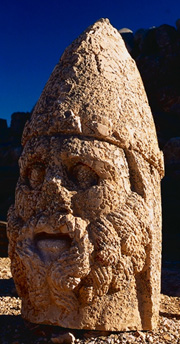
More than two thousand years ago, Greek people believed that a particular group of stars represented the figure of Heracles, the most famous Greek hero. The ancient Romans called him Hercules. Heracles
...more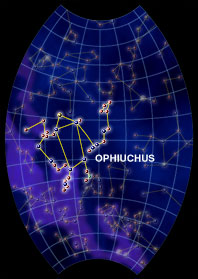
The constellation Ophiuchus is the Serpent Bearer. This large constellation can be seen in the night sky from June through October. Although most of the stars are dim, Ophiuchus' teapot shape makes it
...more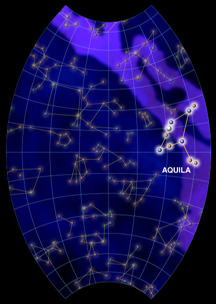
Aquila, the celestial eagle, is one of the three constellations which have bright stars forming the Summer Triangle. A nearly perfectly straight line of three stars symbolizes part of the wings. The center
...more


